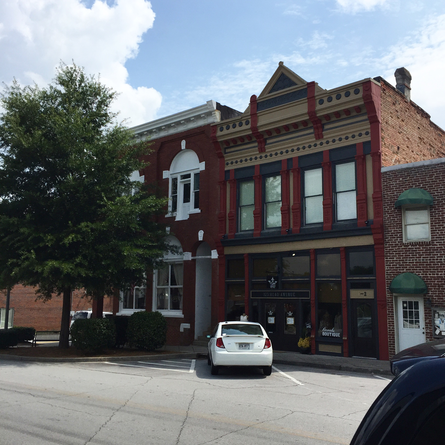 A few weeks ago we published the article To Go Back, We Have To Go Forward. We got some great reader feedback and I wanted to share some of it. Jay Holland: I believe the state and local governments should give tax incentives for people to relocate to rural areas. There is no way that the Atlanta traffic issues will ever be cured with more asphalt. The technology is already here—with the large number of jobs that can be worked from home with computers, conference calls and teleconferences. With the Atlanta metro area stretching over 60 miles north to south and over 40 miles east to west, there are a lot of smaller rural towns within an hour driving radius of that perimeter that could be host to an influx of workers taking advantage of any tax incentives offered. Trouble is, do the small towns really want to lose their identity? When we moved to the Kennesaw/Acworth area back in ‘87 both towns were still sleepy small towns on the far outer edges of the city. Now the old timers complain about all the condos, apartments, and high density zoning of homes. The influx changes the small town character drastically and the local governments are always 25 years behind on the road and other infrastructure improvements needs from the increased population. 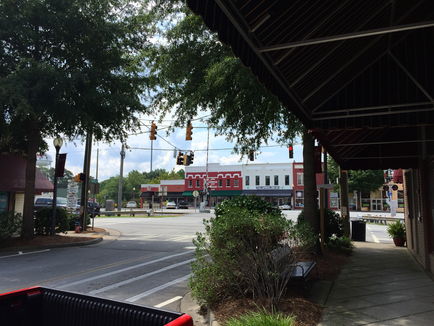 While I’d like to see some revival further away from Atlanta, there are great points here. We have to walk a tightrope that brings opportunity to small towns without ruining them. We’ve seen some really great places like Kennesaw absolutely destroyed by overdevelopment, overpopulation, sprawl, and greed. We can’t make that the model of renaissance. Philip Foreman: Here’s an idea throw out Walmart, Lowe's, and Home Depot and you would see your towns thrive. Although we can’t just evict big box commercial stores without cause, we do need to approach our economies with more than just price in mind. I was in Home Depot the other day (my local hardware was closed) and I talked to four employees before I found one who even know what hardware cloth was. Customer service, community oriented business practices, and quality are hallmarks of strong local businesses. The big box places are probably cheaper but overall value is more than just price. 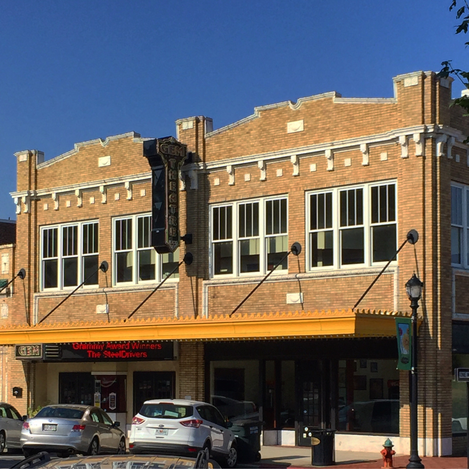 Mary Baker: I can’t tell you, Sam, how many artists would love those storefronts as studios, large and inexpensive by most standards, and with solar too, wow. Artists aren’t picky, and they help to revitalize places and see opportunities in places where others don’t. That’s what happened to Newburyport, the artists came after the downtown had been rescued and then over the decades other’s followed. Our friend Mary is right. She has seen her hometown of Newburyport, Massachusetts awaken from the dead. If the conditions are created then artists, craftsmen, and entrepreneurs will come. They will set up shop and not only create commerce but also be inspired by their surroundings. Picturesque villages will spawn music, theatre, and visual arts. We’ve seen it happen in so many other places. Yes, tax incentives can help, but so can rural broadband, community power, civic responsibility, a strong sense of place, and appropriate investment in infrastructure. Ideas are good. Conversation is good. This is how change comes. This is how problems are solved. This is how challenges are overcome. People talk, they share ideas, they find common ground. They move forward. And it’s starting to look more and more like heading forward will help us find our way back to our past.
0 Comments
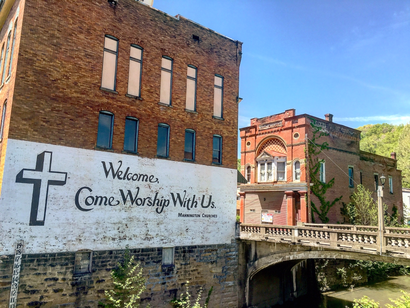 Commentary by Sam Burnham, Curator @C_SamBurnham Photography by West Virginia's own Patrick Conrad Instagram: patrick_conrad I finally sat down and watched Episode 1 of Season 11 of Anthony Bourdain’s Parts Unknown. The subject? West Virginia. One takeaway from this episode is the amount of attention they put on the people, the culture, on the place itself. Parts Unknown always did that everywhere they went. But it seemed they did more of that this time. Maybe it was just me. 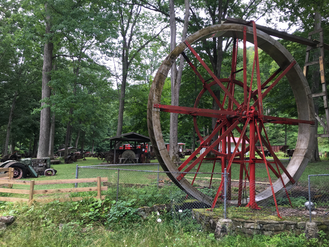 Another takeaway is that, while you can’t do a feature on West Virginia and not mention poverty, they pointed out that West Virginians don’t want your pity. They’re not looking for handouts. These are proud, hardworking self-reliant people who want to take care of themselves and their neighbors. They spoke briefly of West Virginia’s entrepreneurship movement and gave a few specifics. They talked even more about a people exploited far too many times by big industry. Any move toward economic development would need to be done in a way that didn’t exploit the populace or destroy a beautiful culture. They also spoke of one of our primary concepts: the overwhelming sense of place. They don’t want to move where there are more jobs or more lucrative jobs, in fact, they spoke to several residents who had left for college or the military and they had come right back to the town nestled in an Appalachian hollow but nestled even further in their hearts. They were born there, they’ve lived there, they’ll die there. They wouldn’t want it any other way. I was particularly impressed with the scene of Bourdain sitting around a table with a group of farmers and chefs reviving not only the heirloom foods on the table but also the historic farm where they grew. While discussing the work the people were doing, Bourdain comes to the realization “nobody is talking about money at this table.” He was hearing them discuss community, family, history, culture, love of home, neighbors, friends. They spoke of values rather than prices. One particularly powerful response was “We are often talked about as being this impoverished state. We are rich as can be in food and the things that we make as a culture and as a community. When you’re living on the land and doing what your ancestors did, you feel a connection that you can’t get anywhere else.” These are people who have a firm grasp on the American Dream, before commercialism turned it into numbers and greed. These people understand contentment, gratitude, and value over price. 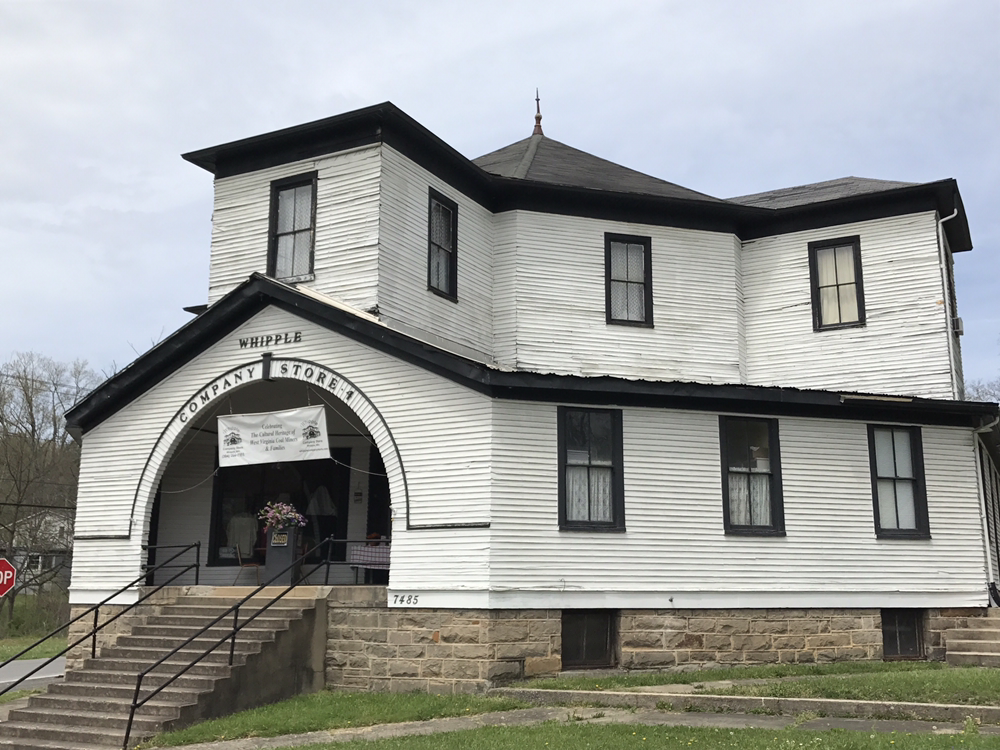 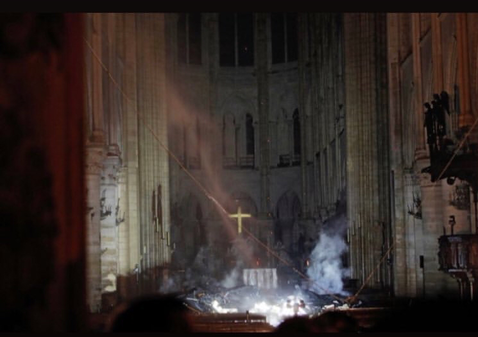 Sam Burnham, Curator @C_SamBurnham The images of the burning Cathedral Notre Dame captivated the attention of the world. The building itself is such a work of art that losing it was unthinkable. But it is even bigger than that. The faith itself is built into the structure. The Rose Window spells out the catechism, carvings tell the story of the Apostles, the Saints, the heroes of the faith. And as the dust settled and the smoke cleared the first photo showed the radiance of a gold cross reflecting light in darkness. At the foot of that cross, overlooking the rubble is the statue of Mary supporting the broken body of her son in her lap as her outstretched arms compel us to disregard the chaos and focus on the silent potential before her. 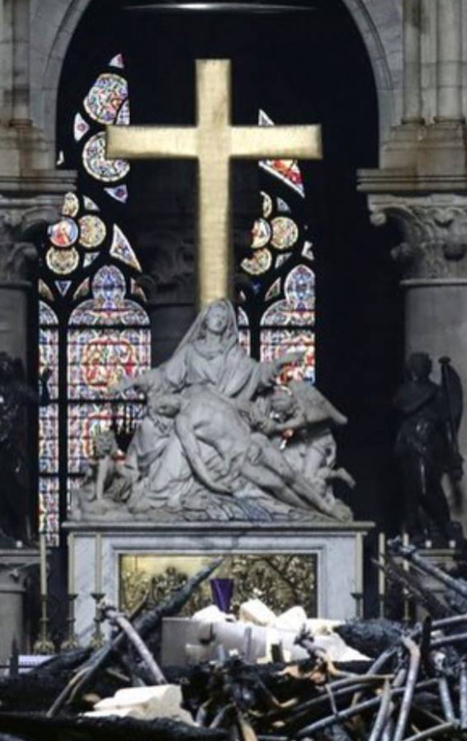 That potential, as the faithful know well, is the hope of resurrection, of redemption, As the death of Christ triggered fear, chaos, darkness, even a collapse of the world His followers knew. For when the week was new, and the Lord reclaimed His body and walked out of His tomb, the Light shone in the darkness and the darkness could not abide. What was broken was not only whole, but was now the way to heal the broken. A movement that had been thrown into chaos turned back the tide and turned the world upside down. This is a message that put Notre Dame at the heart of Paris, at the heart of France itself. It is such a symbol of faith, art, architecture, history, and culture that it’s more than the Zero Milestone of the French people. It has become an irreplaceable icon of Western Civilization. It unifies more segments of a life into one symbol than even the Eiffel Tower. It stands at the center of Western Culture the way churches stand at the center of communities throughout the West. It’s a place of assembly, of education, of art, of music, of faith. It is there for weddings that make new families, baptisms that celebrate new lives, the Eucharist that signifies faith, and funerals that mark our passing while pointing us toward resurrection. 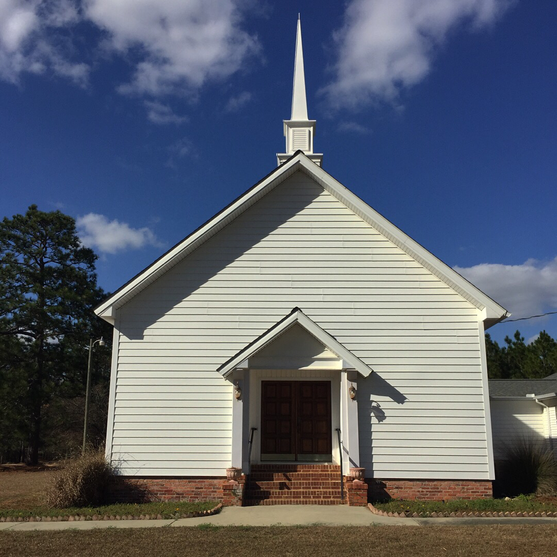 Inahan Baptist Church, Inaha, Georgia Inahan Baptist Church, Inaha, Georgia In this capacity the church could help solve issues of poverty, homelessness, education, healthcare, cultural decay, and civic engagement, just has it has for over 1000 years. I mentioned in an earlier post that a church could house solar cells to produce community power. It can serve as an assembly hall. It can serve as a polling precinct. A church can be an irreplaceable hub of a community. And while we see that on a large scale with Notre Dame, we need to resurrect small churches to serve in the mission of restoration of small towns. They are vital to the restoration of spiritual, social, and civic life in these towns. So as the grand cathedral will rise from the ashes, so must a thousand small churches in a thousand small towns rise again, or perhaps even rise for the first time, to take up the cross of Christ The work of ministry within the community can combine with many other pieces to help us reach the goal. To bring these churches back we must do what the stature of Mary at Notre Dame compels is to: tune out the chaos, don’t be overwhelmed by the destruction, focus on Christ and the grace for the task. Then we trust in the Resurrection which makes all others possible. Happy Easter from everyone at ABG. |
Sam B.Historian, self-proclaimed gentleman, agrarian-at-heart, & curator extraordinaire Social MediaCategories
All
Archives
November 2022
|

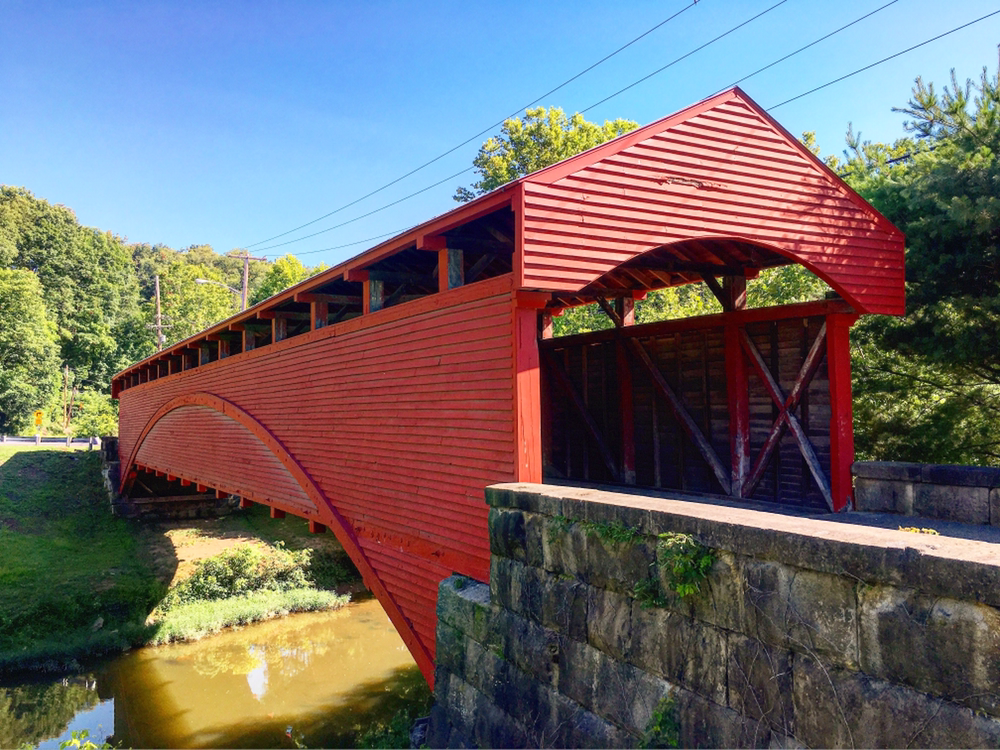
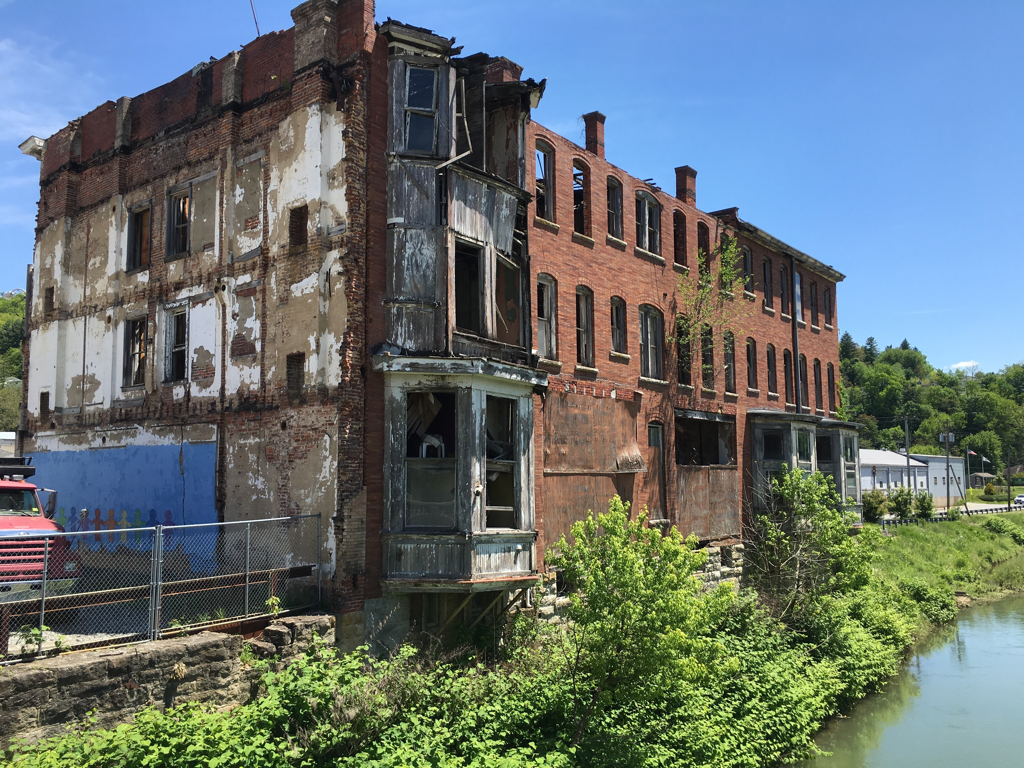
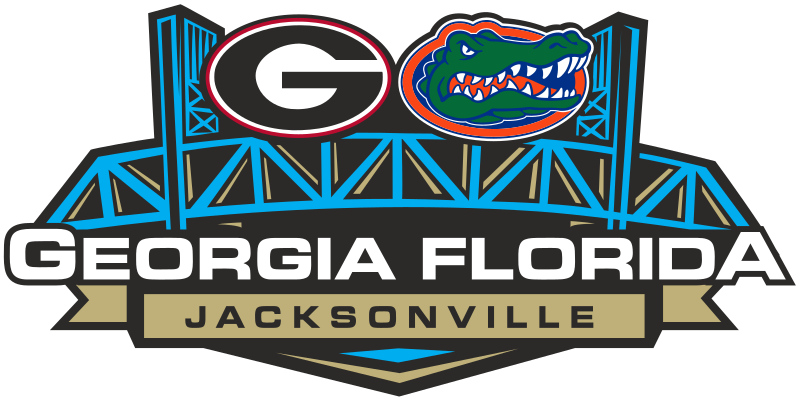
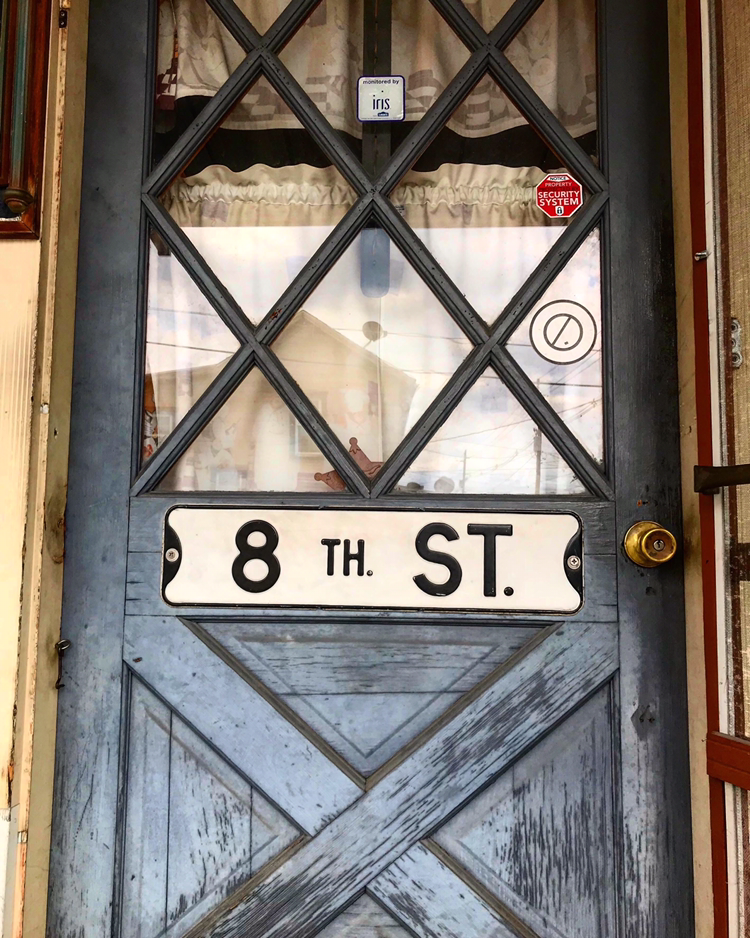
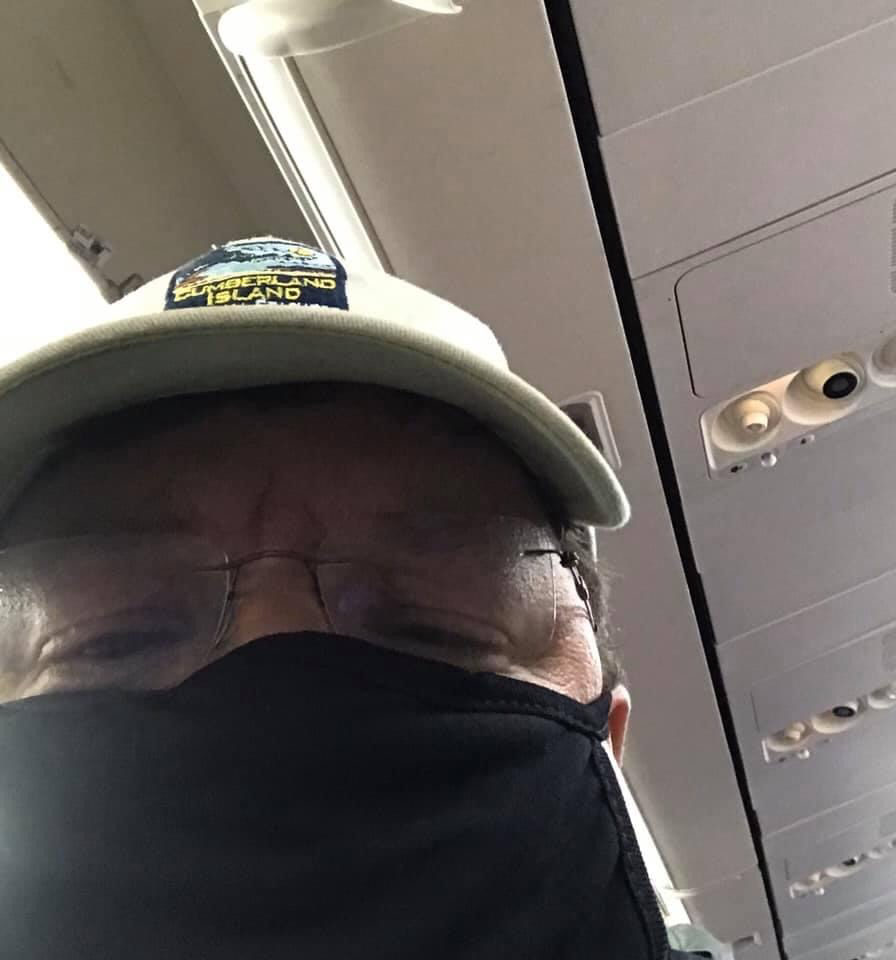
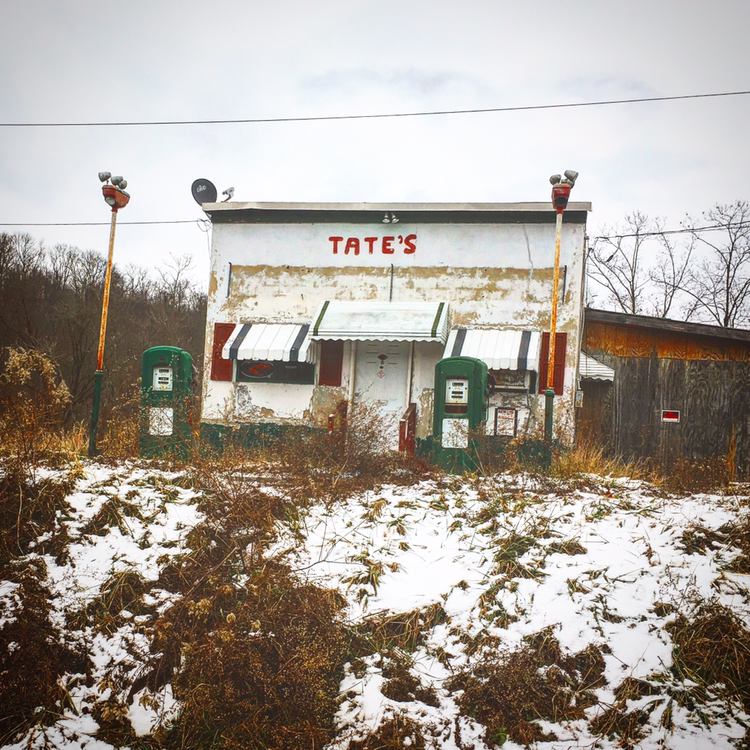
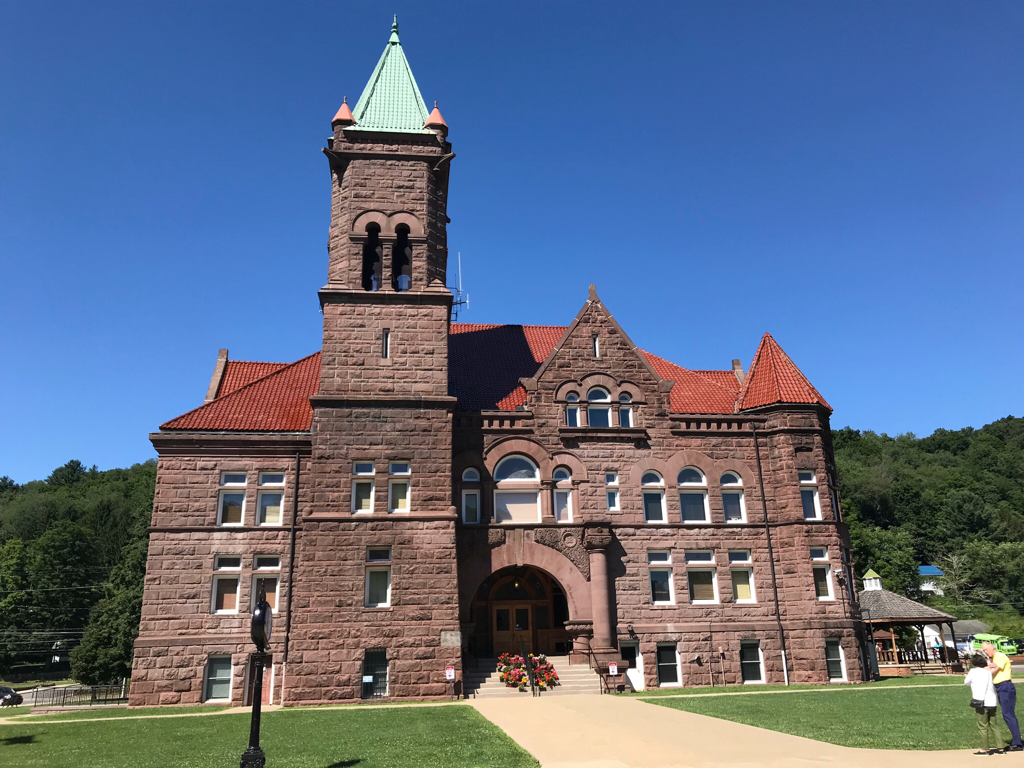
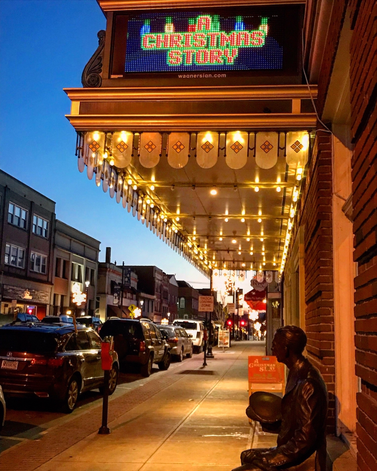
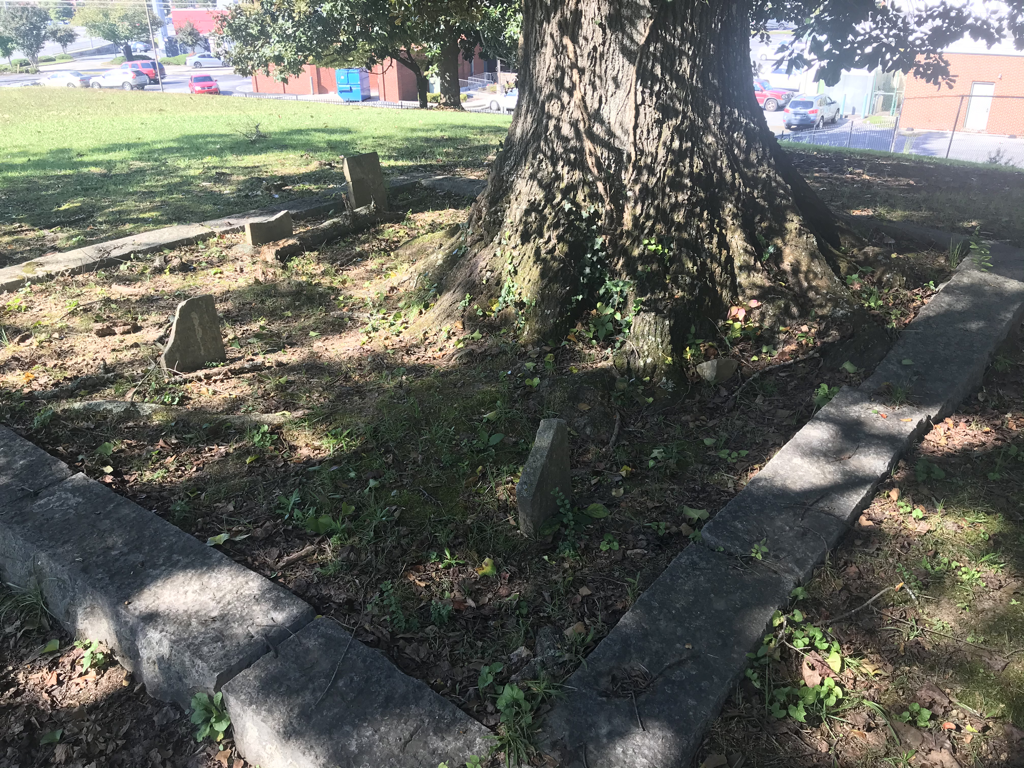
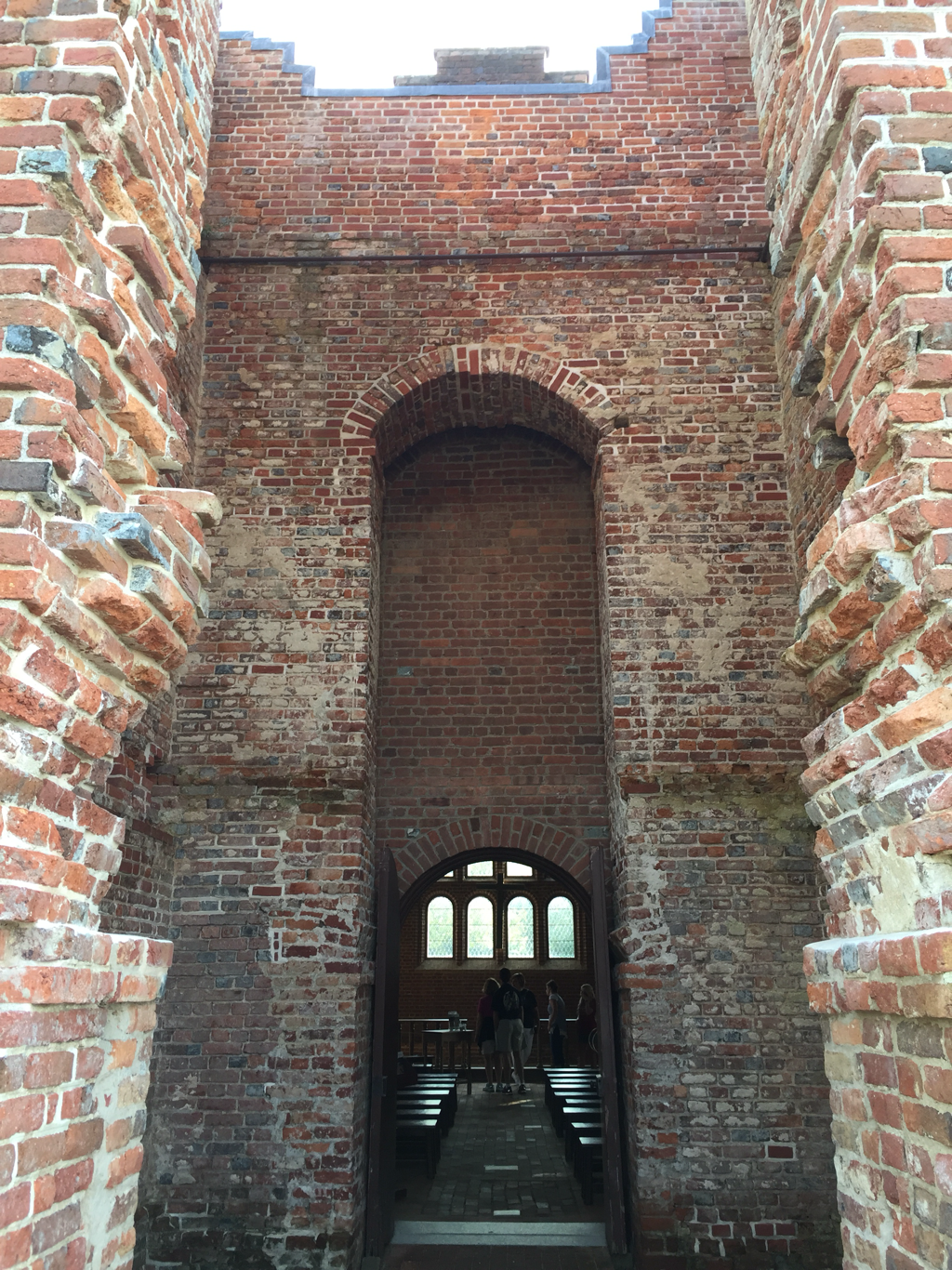

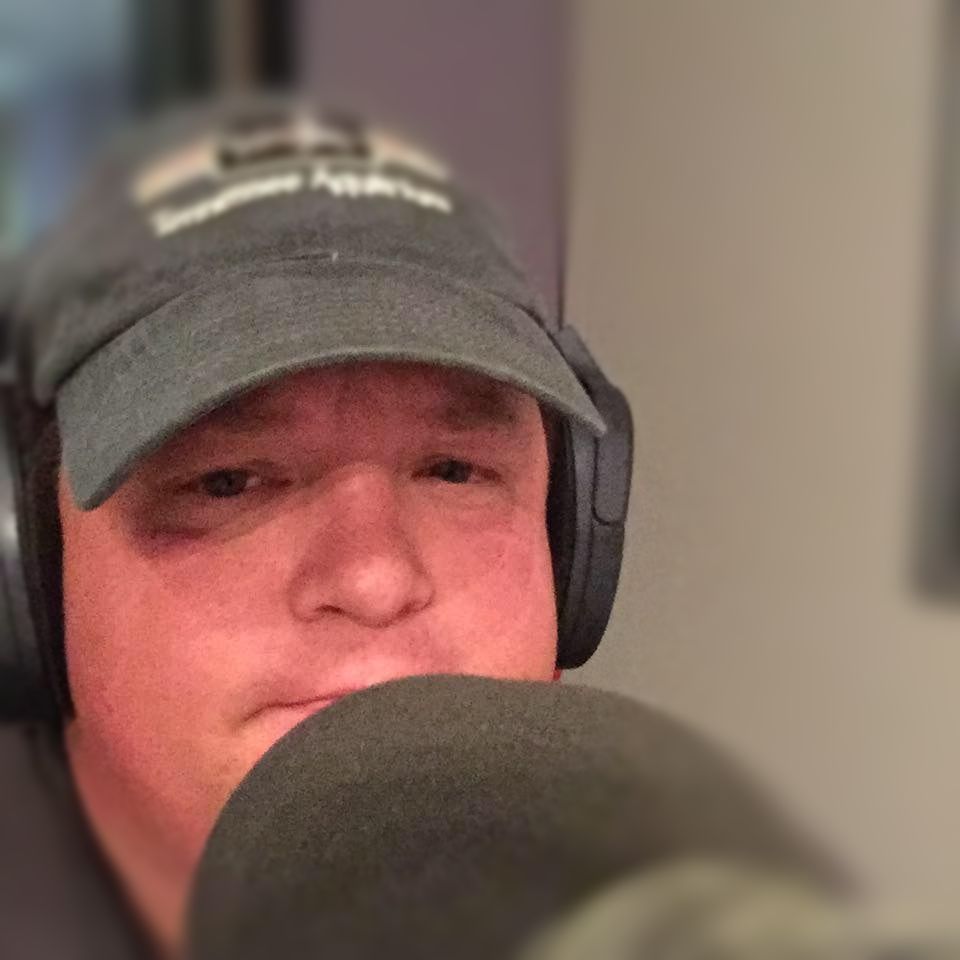
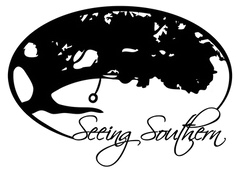
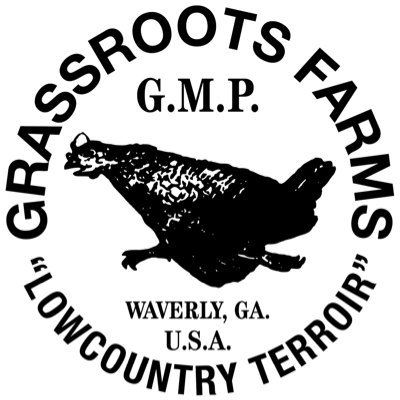
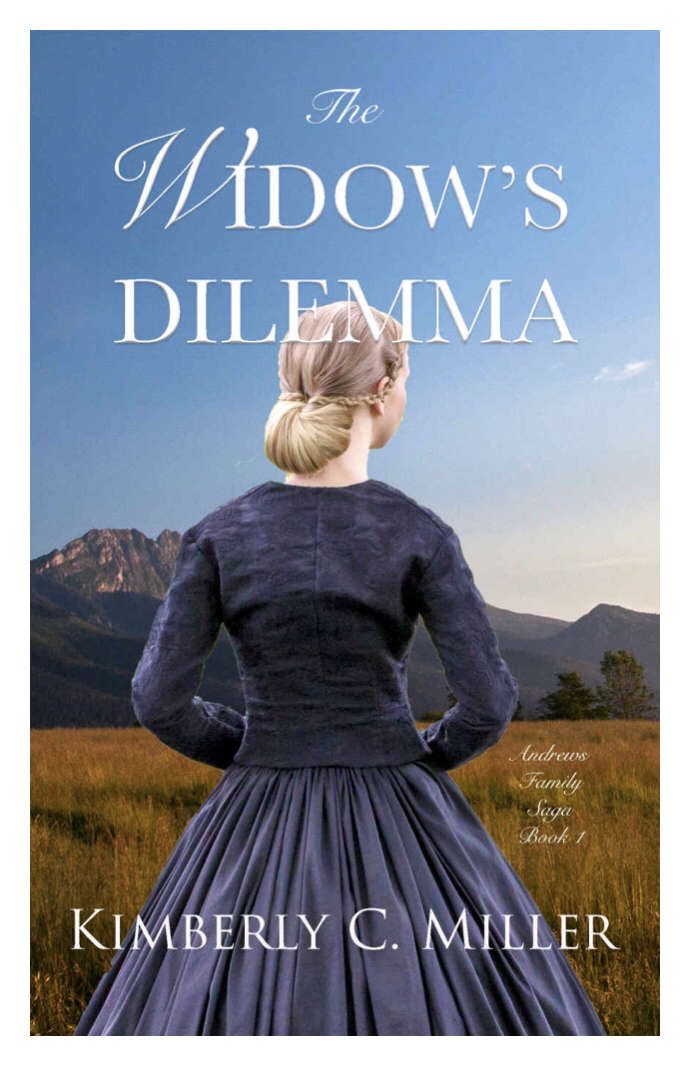
 RSS Feed
RSS Feed
